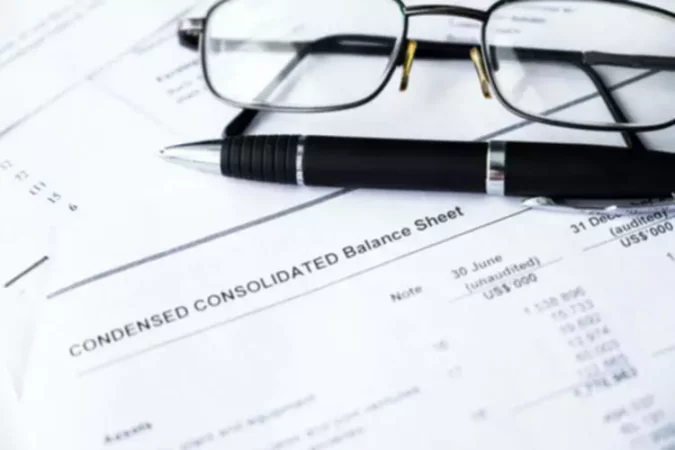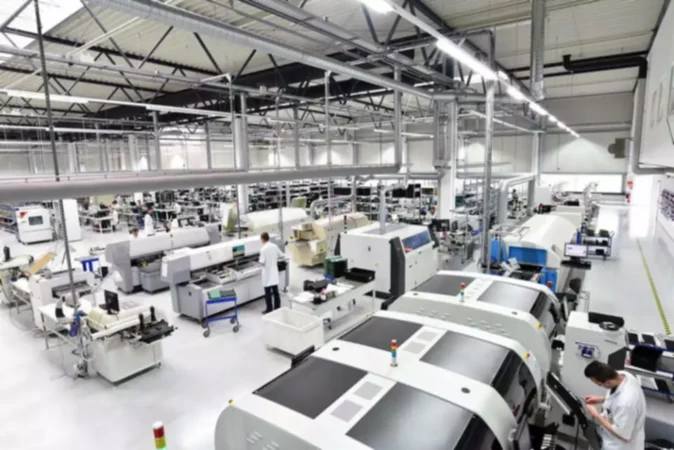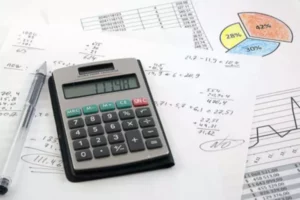The effective functioning of a company is possible with the availability of certain economic resources used for the production of products or the provision of services. In the financial world, everything that a firm has and uses in production is called assets. Today, we will review a group of assets known as plant assets.
Definition
An organization’s asset is something that the management plans to use for the financial benefit of the company. From the accounting and economic point of view, any asset has value in the market, must belong to someone, and, again, provide a profit.
Looking at the Balance sheet, you will notice that assets are categorized as long-term and short-term. The first, in turn, can be further broken down to fixed assets and intangible assets. Fixed assets, which are sometimes referred to as plant assets, are defined as long-term investments and, unlike current (short-term) assets, cannot not be acquired for resale or otherwise turned into cash within an accounting period. These assets usually exist in the company for a year or longer and can be physically touched (tangible).
Examples
Everything that is used in business for the manufacturing of goods or provision of services and at the same time has a physical form is included under the fixed assets in the accounting records and reports. Assets from this group are represented by
- Office, manufacturing, and other buildings and structures
- Trucks, automobiles, and other vehicles
- Manufacturing, office, and other equipment
- Land and land improvements
- Furniture, fixtures, and so on.
Depreciation
Depreciation is one of the key characteristics of plant assets. What is depreciation? It is a systematic allocation of the cost of a plant asset to expense in the periods in which benefit is received from the asset. The company would note it in its bookkeeping records by debiting the Depreciation expense and crediting Accumulated depreciation. As a result, the business assets will decrease and expenses increase because as it uses the plant assets, it is decreasing the assets’ expected future economic benefit.
Classifying assets example
When it comes to plant assets, you need to carefully approach the classification. For example, let’s take a clothing manufacturing factory. To simplify things, it needs fabric, threads, and a sewing machine to make the goods. Which of these assets are fixed or plant assets?
To answer this question, we return to the definition of plant assets. The object should be used by a business over a long period. When we look at the threads, they are used in the sewing machine and end up being part of the final product that is then sold. They cannot be reused. A roll of fabric is transformed into a dress, so it is not a fixed asset either.
A sewing machine, which remains a sewing machine for a long time. This is manufacturing equipment that is used repeatedly, so it is the main plant asset.



















